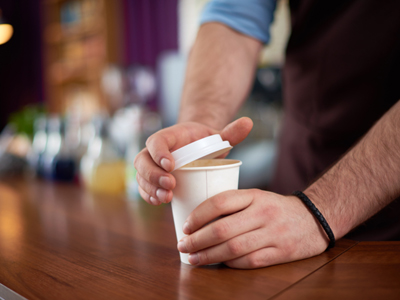

Energy - Transfer of Energy
This Physics quiz is called 'Energy - Transfer of Energy' and it has been written by teachers to help you if you are studying the subject at senior high school. Playing educational quizzes is one of the most efficienct ways to learn if you are in the 11th or 12th grade - aged 16 to 18.
It costs only $19.50 per month to play this quiz and over 3,500 others that help you with your school work. You can subscribe on the page at Join Us
Different forms of energy can be transformed from one form to another. Energy transfers play a major part in everyday life, for example every time we put the kettle on an energy transfer takes place. It is an essential part of a senior high school physics syllabus that you are able to understand what energy transfers take place in certain situations and how those transfers occur.
Ready for more?
not all...
quizzers. Try to win a coveted spot on our Hall of Fame Page.






